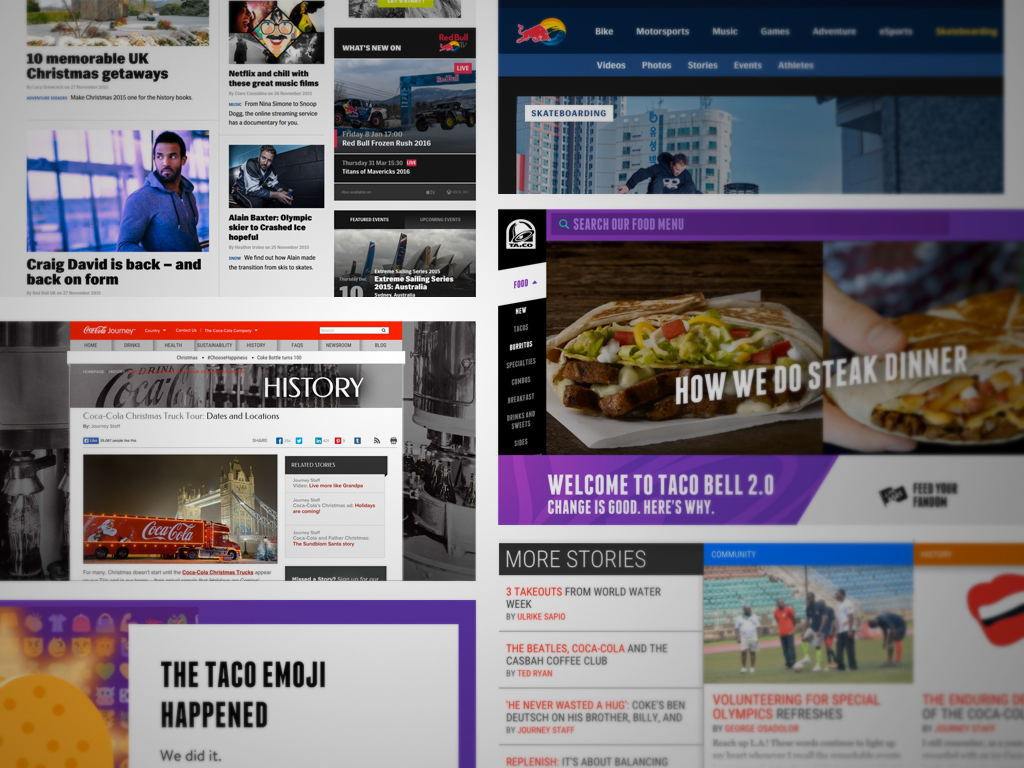Happy customers might tell five friends and family members about their pleasant experience, but an unhappy customer is more likely to share the bad news with up to 100 people. The ratios may vary from study to study, but it’s generally accepted that negative word of mouth has a much bigger impact than positive sentiment. But is this true? In their latest book, Australian academics Byron Sharp and Jenni Romaniuk return to shaking up stereotyped thinking around consumer marketing.
What’s not to like about word of mouth (WOM) marketing? It’s free, powerful and gives any brand the ability to leap bigger brands in a single campaign. Coupled with the surge in popularity of social media and online reviews, word of mouth and customer sentiment is a key priority for many consumer marketers today. But is the accepted wisdom around WOM and social media sentiment necessarily true? In their latest book, “How Brands Grow (Part) 2″, Australian marketing academics Professor Byron Sharp and Jenni Romaniuk, pick up where they left off in 2010 by using empirical evidence to sanity check whether some of the current orthodox thinking around consumer marketing actually holds up. The area of word-of-mouth marketing comes in for particular scrutiny. As they outline in the book, there is a seductive allure to the notion that a brand can become very big purely though WOM (and its main modern channel, social media). Word spreads from group to group creating a virtuous loop of consumer feedback and purchase. However, according to Byron this is a “fairy tale”. Here are seven reasons why brands shouldn’t worry about negative sentiment.
1. Inefficient Resource Allocation
As Sharp and Romaniuk state in their book: “Myths about WOM’s power often blind marketers to smart implementation and lead to inefficient allocation of resources through paying too much attention to trivialities.” As they point out, resource allocation in terms of money, staff, and attention is one of the most important areas of the first step to designing a smart strategy. So how much time should people spend building up encouraging positive sentiment versus stopping or dealing with the fallout from negative word of mouth?
2. Positive Sentiment Is More Common Than Negative
The idea that negative sentiment is more common than positive is a myth, according to Sharp and Romaniuk. As per their previous book, the evidence from a whole variety of consumer studies in multiple markets and territories shows that the volume of positive is always higher than negative. Why is this the case? Apparently because negative sentiment requires a story. Most brands work as they should and don’t provide anything worthy of a negative conversation. This reduces the pool of people available to produce negative word of mouth. Additionally, positive word of mouth is more useful. People typically gain more value from advice on what to select rather than what to avoid.
3. Negative Sentiment Is No More Powerful Than Positive
Perhaps the biggest misconception is that negative sentiment is inherently more powerful than positive – and has more influence on recipients. The research seems to show that positive word of mouth is more influential on a brand’s sales and reaches many more people with largely the same effect as negative. The advice from Sharp and Romaniuk is not to dwell too much on negative sentiment – unless the brand is performing poorly. In which case, fix the brand first.
4. Do You Have A Strong Brand-Consumer Relationship?
Sharp and Romaniuk also point out that WOM for normal people is called a conversation. Most WOM is shared by between people with whom we have personal relationship. The idea that everyone is seeking the advice of strangers is largely a myth, too. Related to this is the idea that people give WOM about brands where they have firsthand experience. Positive word of mouth comes from current users of the brand. In contrast, lapsed customers and/or brand defectors are more likely to provide negative WOM.
5. Brand Size Matters
According to Sharp and Romaniuk: “Very little word of mouth is generated from those who lack experience of a brand. This makes WOM a risky option for new brands, without many experienced customers to rely on.” As they demonstrated in their previous book in relation to retention and loyalty, brand level metrics like sentiment and WOM are highly correlated with market share. Brands with a larger share receive more positive word of mouth than smaller brands. Therefore a small brand will typically have less word of mouth than a big brand simply because it has fewer people with sufficient experience to express an opinion.
6. WOM Won’t Impact The Right Buyers
Perhaps one of the most interesting findings from Sharp and Romaniuk is the fact that positive word of mouth has biggest impact on low propensity buyers – but paradoxically, they aren’t the usual audience for receiving it. High propensity buyers are. This means that calculating the effect of positive WOM needs to take this skewing into account. Conversely, negative word of mouth has the biggest impact on those with a high propensity to buy the brand. The trouble is, these people are rarely exposed to it.
7. Negative WOM Is Rarely Worthy Of Attention
According to Sharp and Romaniuk: “it is uncommon and lacks influence. Don’t be distracted by it unless something is new or the brand undergoes a major change such as a product reformulation.” The strong correlations with market share gives consumer marketers a context for interpreting a brand’s WOM levels:
- Don’t panic if you’re a small brand and have low levels of WOM.
- Don’t get over excited if you’re a large brand with higher positive WOM levels.
This is normal. As Sharp and Romaniuk conclude: “Peer-to-peer WOM is a capricious element to harness and investing substantially in this at the expense of media where you can control content and distribution is a big risk.” As Taylor Swift has sung – haters gonna hate. And perhaps we shouldn’t get too upset about it.


